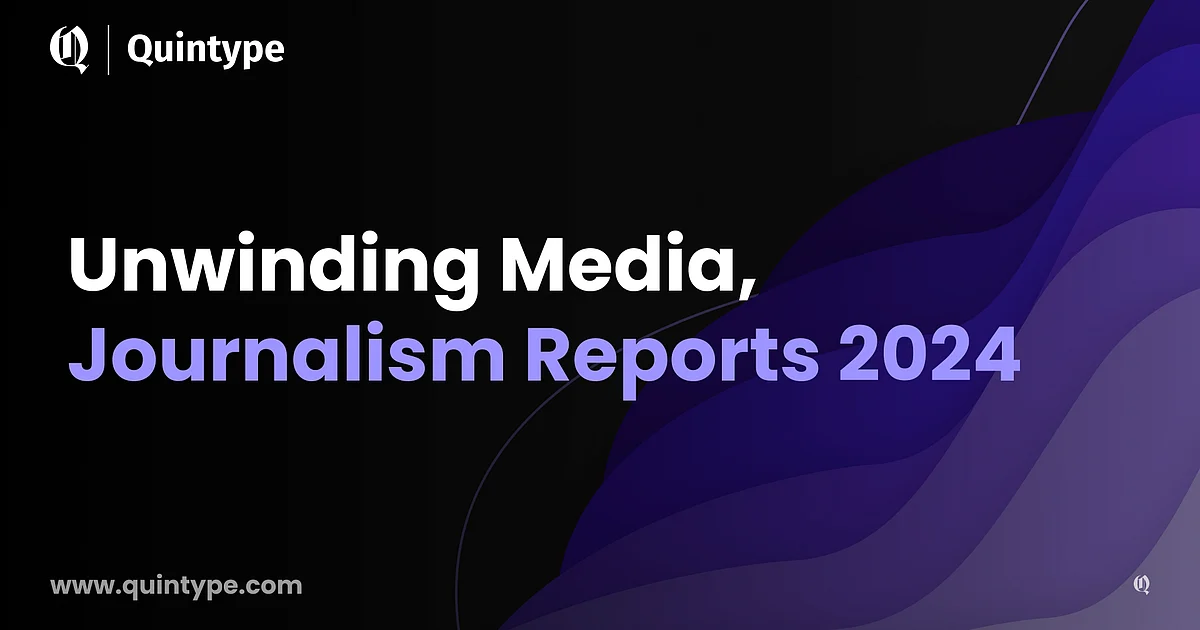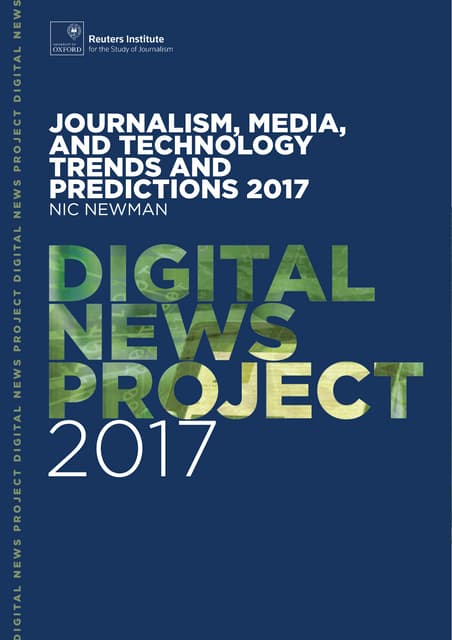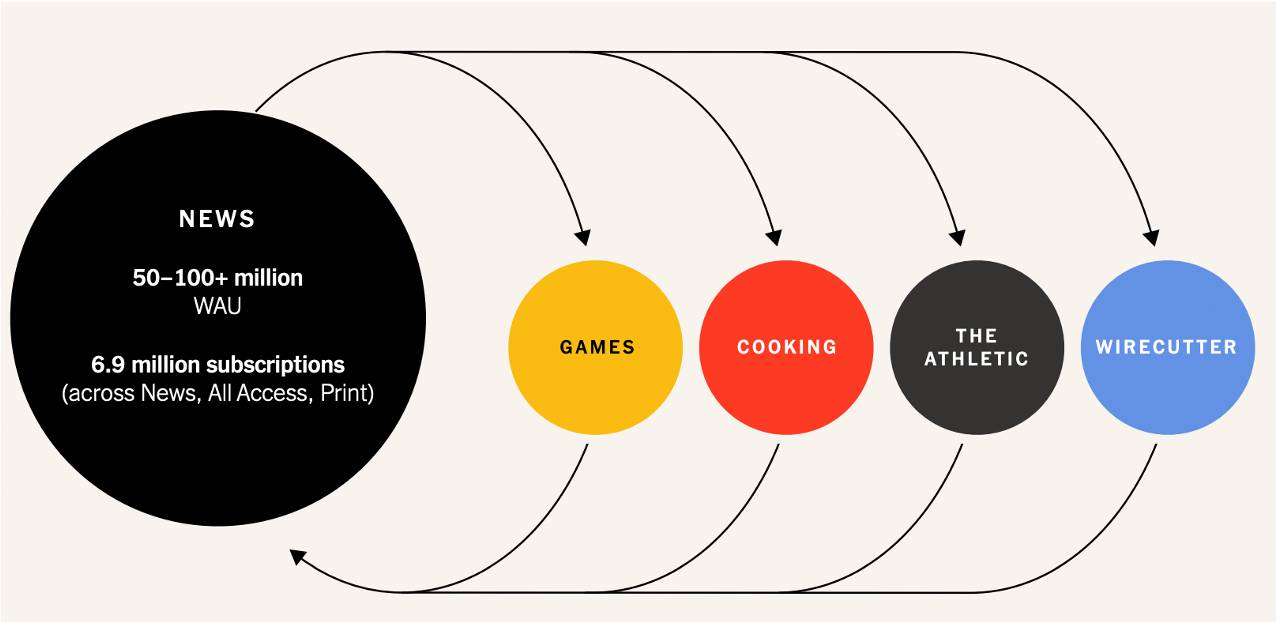Journalism Media And Technology Trends And Predictions 2024

The media landscape is bracing for another year of rapid transformation, driven by technological advancements and evolving audience behaviors. From artificial intelligence reshaping content creation to the continued fragmentation of news consumption, 2024 promises to be a pivotal year for journalism.
The coming year will witness an accelerated integration of AI in newsrooms, the proliferation of short-form video content, and intensified efforts to combat misinformation. These trends pose both opportunities and challenges for journalists, media organizations, and the public alike.
The Rise of AI in Journalism
Artificial intelligence is poised to revolutionize various aspects of journalism. AI tools are increasingly being used for news gathering, fact-checking, and even content generation.
For example, tools like LexisNexis and Westlaw are already used for legal and news research, and their AI capabilities are becoming increasingly sophisticated.
"AI will continue to be a powerful tool to automate and streamline certain aspects of the journalistic process,"says Dr. Anya Sharma, a media studies professor at the University of California, Berkeley. This will allow journalists to focus on more in-depth reporting and investigative work.
However, concerns remain about the ethical implications of AI in journalism, including the potential for bias and the displacement of human journalists. The Reuters Institute's 2023 report on Journalism, Media, and Technology predicted an increase of AI usage in newsrooms. The report also raised ethical questions on its impact to the future of journalism.
The Short-Form Video Craze
Platforms like TikTok, Instagram Reels, and YouTube Shorts continue to dominate the attention of younger audiences. This is forcing news organizations to adapt their content strategies and embrace short-form video formats.
Many news outlets are experimenting with creating news summaries, explainers, and interviews specifically tailored for these platforms. The Washington Post and BBC News are among the organizations leading the way in this space, demonstrating how to effectively engage younger audiences with credible news content.
The challenge lies in maintaining journalistic integrity and accuracy within the constraints of short-form video. "It's about finding the right balance between capturing attention and conveying complex information in a digestible way," explains Sarah Chen, a digital media strategist.
Fighting Misinformation
The spread of misinformation and disinformation remains a major concern for the media industry. With the rise of social media and AI-generated content, it has become increasingly difficult to distinguish between credible news and false information.
Fact-checking organizations, like PolitiFact and Snopes, are playing a crucial role in debunking false claims and holding individuals accountable for spreading misinformation. Media literacy initiatives are also gaining momentum, aiming to equip individuals with the skills to critically evaluate information they encounter online.
Platforms like Meta and X (formerly Twitter) are under increasing pressure to take more effective measures to combat the spread of misinformation on their platforms. The issue is that it is hard to balance free speech and filtering out information that is harmful. Some platforms have taken action while others seem to not care about the impact it has on the public.
Monetization Challenges
Many news organizations are still struggling to find sustainable business models in the digital age. Traditional advertising revenue has declined sharply, and paywalls have met with mixed success.
Some news organizations are experimenting with new revenue streams, such as membership programs, events, and sponsored content. Philanthropic funding is also becoming increasingly important for supporting independent journalism.
The Knight Foundation and the Ford Foundation are among the organizations providing significant funding for journalism initiatives. Diversification of income streams is critical for survival in the current media landscape.
The Future of Journalism
The year 2024 promises to be another year of significant change and innovation in the journalism industry. The integration of AI, the rise of short-form video, and the fight against misinformation will continue to shape the media landscape.
The ability of journalists and news organizations to adapt to these trends will be crucial for their survival and success. The focus needs to be on credibility and truth over virality.
Ultimately, the future of journalism depends on its ability to maintain public trust and provide accurate, reliable information in an increasingly complex and fragmented media environment. It will also depend on how well the media organizations will adapt to the changes in technology, audience consumption, and how fast can misinformation be combatted.















